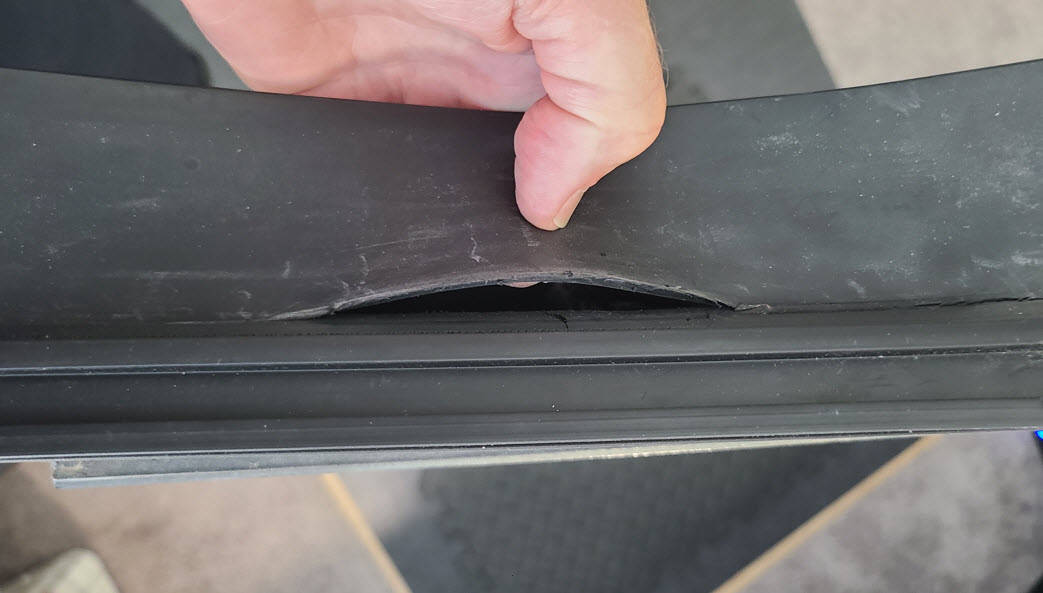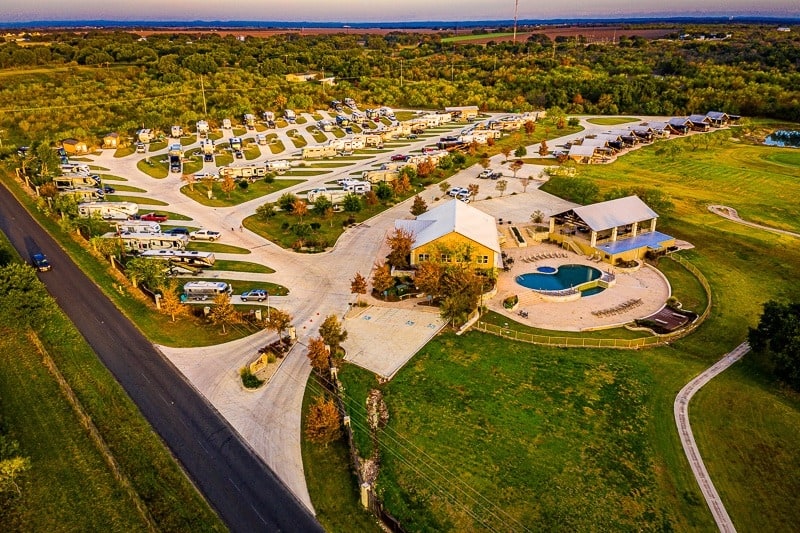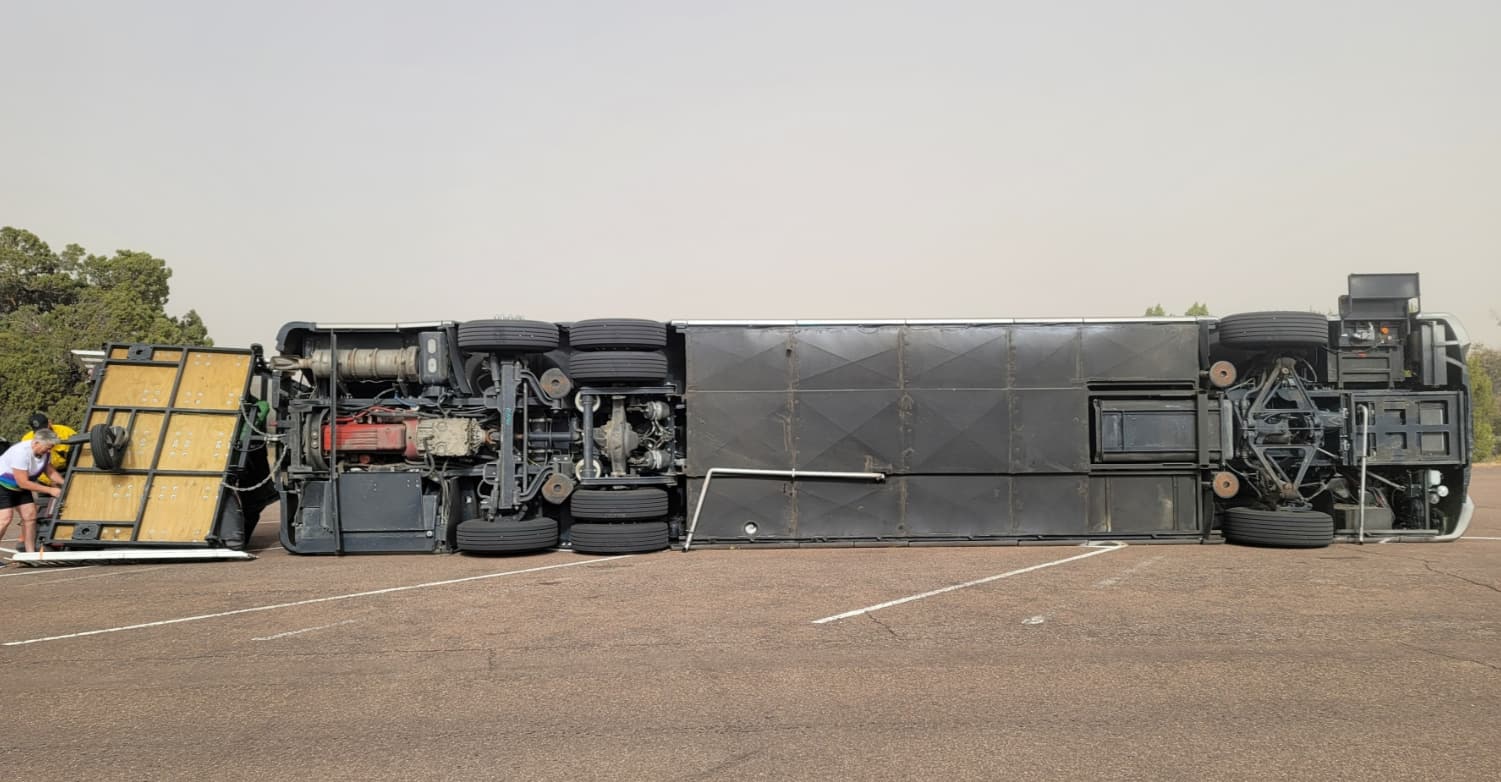Recreational vehicles (RV) are a way of life for many people, a symbol of the ultimate freedom of making the open road your home. With the current COVID-19 pandemic, RVs are hotter than ever because they are a safe way to travel and enjoy family vacations.
Since buying an RV is a huge investment, it should be well protected with insurance that covers accidents that can occur on the road, and due to weather. Before buying, you should fully understand the costs of your RV and know your insurance options.
Types of RVs and Costs
You should learn about the types of RVs before buying one because the different types have various cost ranges.
Class A Motorhomes
If you want the maximum storage and space available, opt for a Class A motorhome. You can expect to pay anywhere from $100,000 to $300,000 for one of them if you’re buying new. If you’re going with a luxury model, it’s possible to drop over one million dollars.
These are viewed as the most luxurious models out of all the types of RVs. They often measure anywhere from 24 to 45 feet. With Class A, you’ll see lots of slide-outs, better air conditioning, more safety features, a master bedroom, automatic leveling, tons of storage, and a washer and dryer.
Though they may be trickier to drive since they are the size of buses.
Class B RVs
While these aren’t as roomy as Class A motorhomes, Class Bs are cheaper, often ranging from $75,000 to $175,000. Some tricked-out models can reach into the $200,000 range.
Class B RVs are much shorter, in some cases only 19 feet, and more inconspicuous than Class A RVs. They can usually fit in regular parking spaces, looking more like larger vans than motor homes. These offer tighter quarters, but they are smart with their space, cramming in a refrigerator, tiny stove, bed, and a small bathroom with a showerhead.
Class C Motorhomes
These have a small dining space, gas stove, microwave, limited storage, a small bathroom, and a tiny bedroom. For length, you’re looking at a range of 23 feet to 33 feet or so.
These are more affordable than Class A RVs, at anywhere from $60,000 to the mid $100,000 range for most options.
Cost of Owning an RV
With an RV, there will be ongoing costs as well, including:
- Registration and taxes: This can add up to a significant cost, and the annual registration rate will depend upon which state you live in. Here is what the costs are for Illinois.
- Getting an RV hitch: This will be a one-time cost, generally around $200 to $300 for all components such as a hitch receiver, ball mount, hitch balls, pins and clips, and wiring kits.
- Gas to fuel it: The biggest of RVs don’t get great mileage. You might be looking at 5 to 10 miles (16.09 km) per gallon with a Class A. But with certain Class B RVs, you can get up to 20 miles (32.19 km) per gallon.
- Maintenance: It’s a vehicle, so you’ll have to plan on things going wrong that you’ll need to be fixed.
- Storage: If you buy a big RV, you’ll need a place to store it when it’s not in use. If you buy a Class B, you can save money by keeping it in your garage if you have one.
- RV Insurance: You’ll need to be protected whether it’s sitting in your driveway or out on the road.
- Maintenance plan such RV Solutions.
RV Insurance
With such a huge investment on the line and the fact that you’ll be operating a motor vehicle every time you travel in it you need to make sure to have insurance for your RV.
How does RV Insurance Work?
Just as you insure your car, you’ll need to insure your RV by making a monthly, quarterly, or annual payment. Your insurance will be based on how much you drive it, your driving record, if it’s your full-time home, what class of vehicle it is, and whether you’re in a city or state that is more expensive to insure in.
Although policies will vary, you can typically expect to pay anywhere from $1,000 to $2,000 in insurance per year. If you have a luxury RV, expect to pay more.
Types of RV insurance
These are the types of coverage you’ll want to inquire about when getting an RV.
- Bodily injury: This type of insurance can help pay lost wages and medical expenses when someone is injured in an RV accident.
- Property damage: Since you’re going to have a lot of personal items in that RV, like a television, furniture, appliances, and more, you need property damage insurance. It will cover those losses in case of an accident.
- Collision: This insurance pays for damage to your RV in case of a crash.
- Comprehensive: You’ll be covered for things like vandalism, fire, theft, damage from bad weather, and any animal collisions.
Summary
You don’t want to shell out six figures or more for an RV only to keep it underinsured. You’ll be setting yourself up for a sizable financial loss if something goes wrong. RV ownership can be expensive, and insurance should be part of the equation to make sure you’re fully protected.
One other cost you need to keep in mind is the cost of your financing. If you have a large interest cost from a bad credit RV loan that will quickly add up.
This RV insurance article was contributed by Andy Kearns. Andy is a Content Associate for LendEDU and works to produce personal finance content to help educate consumers across the globe. When he’s not writing, you can find Andy cheering on the Lakers, or somewhere on a beach.



